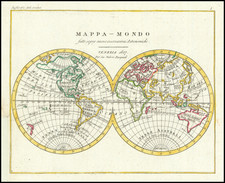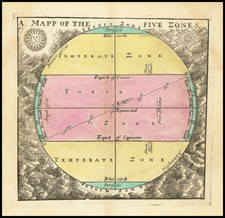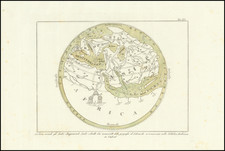World Powers - Confrontation or Relaxation?
Impressive infographic, highlighting the massive arms build up in the world and comparative forces of the US and USSR as of 1974,
This poster presents a compelling visual encapsulation of the global tensions and engagements of the superpowers during the 1970s. Set against the backdrop of the Cold War, this series of maps and graphics underscores the confrontation versus détente dialectic, detailing the global footprint and might of the world powers.
The Cold War, characterized by ideological divisions and geopolitical rivalries, saw substantial military investments from the world's superpowers. This map delineates the stark contrast between military and developmental investments in 1974. Specifically, "Welt-Rüstungsausgaben 1974", which translates to "World Military Expenditures 1974", was a staggering 276 billion US dollars. In contrast, the "Welt-Entwicklungshilfe 1974", or "World Development Aid 1974", stood at a mere 32.5 billion US dollars. Of this global military expenditure, the United States bore approximately 33%, with the USSR slightly ahead at about 35%.
A contentious issue of the time was the extensive underground nuclear testing, even in the face of the 1963 limited test ban treaty. The map records that the USA conducted 308 such tests, while the USSR carried out 157. This militaristic enthusiasm is further highlighted in the recruitment trends of scientists and engineers dedicated to arms development. The USA, which had a workforce of 400,000 in 1960 in this sector, saw a significant jump to 550,000 by 1974. Similarly, the USSR's numbers went from 225,000 in 1960 to an impressive 625,000 in 1974.
In terms of sheer destructive potential, both superpowers possessed nuclear capabilities that could wipe out any nation more than 100 times. To put this into perspective, the explosive power of just the tactical nuclear weapons was an alarming 50,000 times greater than that of the bomb dropped on Hiroshima.
A segment titled "Das militärische Kräfteverhältnis", or "The Military Power Ratio", provides a deeper dive into resource dependencies. It estimates that a significant 60% of the world's robot consumption was reliant on imports. This strategic importance is further emphasized when considering the oil logistics of the time: oil transports traversing the Indian Ocean fulfilled 60% of the global import demand. Such a dependency on the Indian Ocean underscores its geostrategic significance; an interruption in the oil flow through these waters could precipitate a global energy supply crisis.
Delving deeper into the realms of nuclear prowess, the map starkly lays out the underground nuclear tests by both the USA and the USSR, even after the limited test ban treaty of 1963. The sheer numbers reflect a race for supremacy, with the USA conducting 300 tests as opposed to the USSR's 157. It goes further to highlight the terrifying potential of nuclear annihilation possessed by these superpowers, possessing enough firepower to obliterate any nation more than 100 times over. The map underscores the grim reality that the tactical nuclear arsenal alone was 50,000 times more powerful than the Hiroshima bomb.
Further accentuating the Cold War dynamics, the map provides figures on scientists and engineers employed in the defense sector by both nations, reflecting a massive investment in human capital towards militaristic endeavors. The images also highlights the strategic significance of the Indian Ocean, emphasizing its role in the global energy supply. The Ocean's pivotal role becomes evident with data indicating that 60% of the world's import needs, 69% of Western Europe's, and 70% of Japan's were covered by transports over the Indian Ocean. A disruption in this route could have spelled an energy supply collapse.














![[ Wright- Molyneux Map ] [ New mapp of the world according to Mr. Edward Wright commonly called Mercator's projection ]](https://storage.googleapis.com/raremaps/img/small/99967.jpg)

